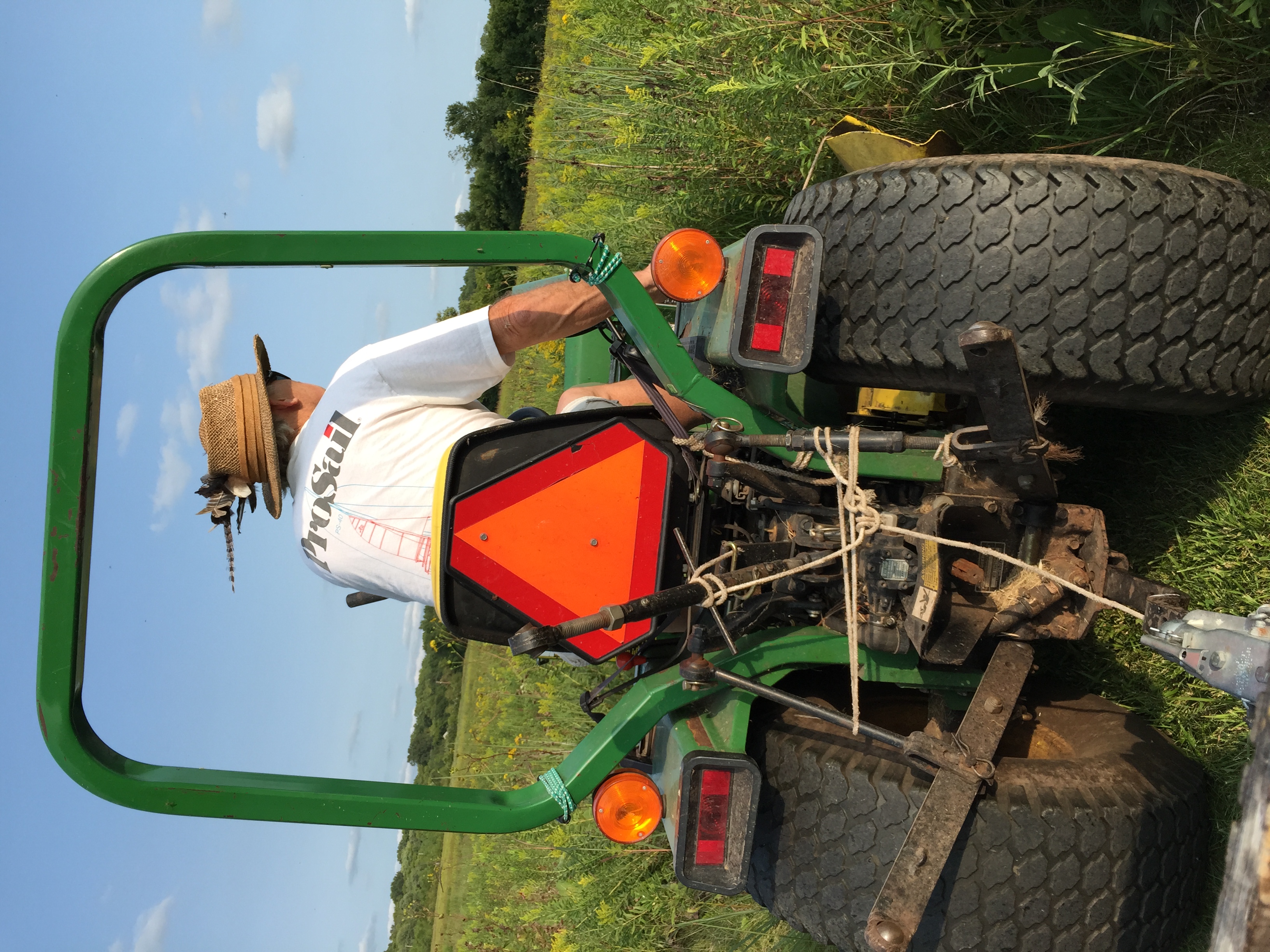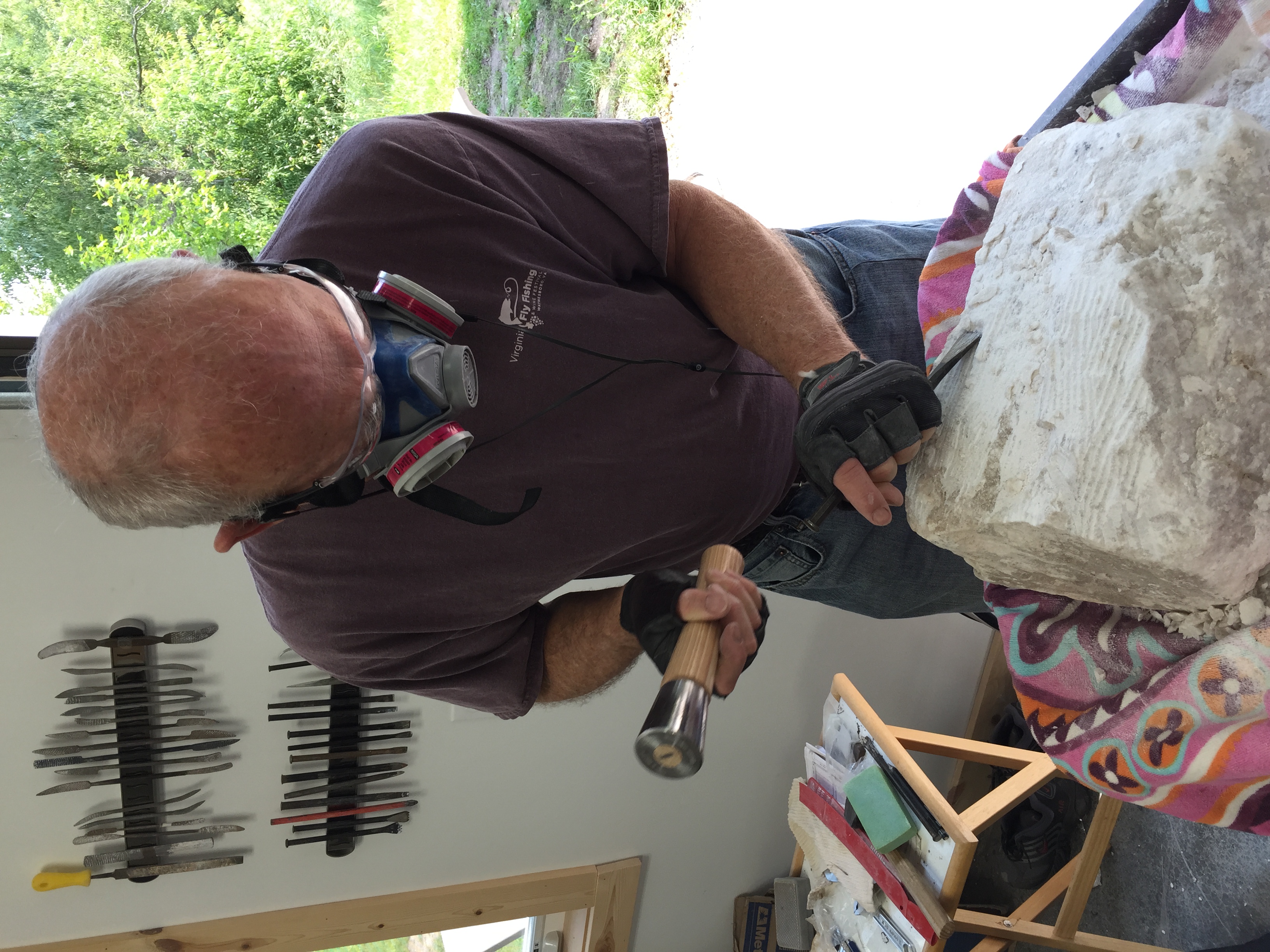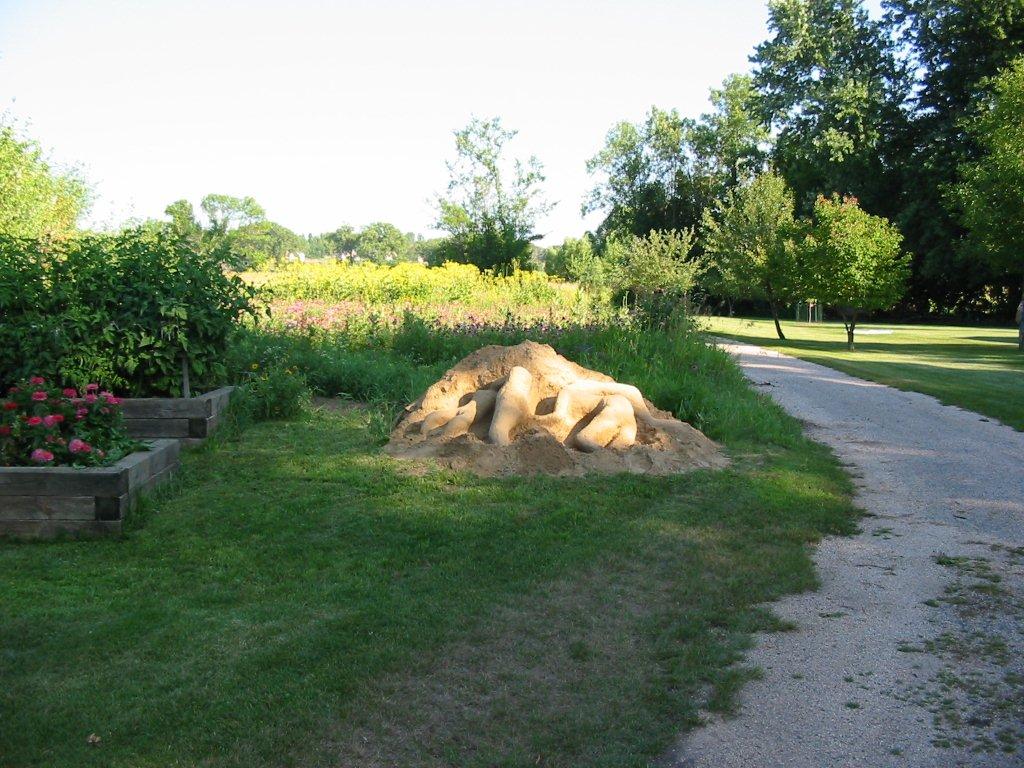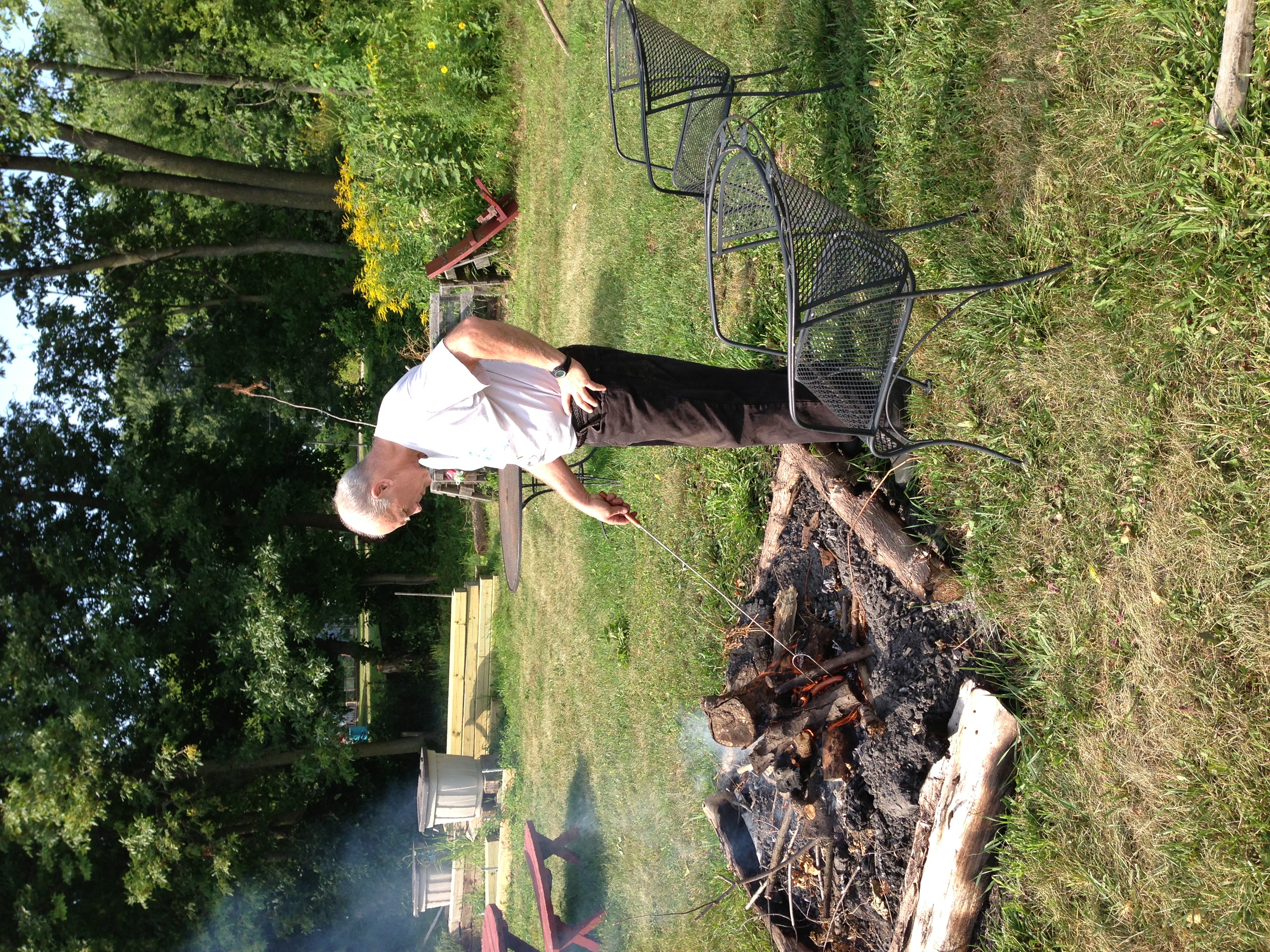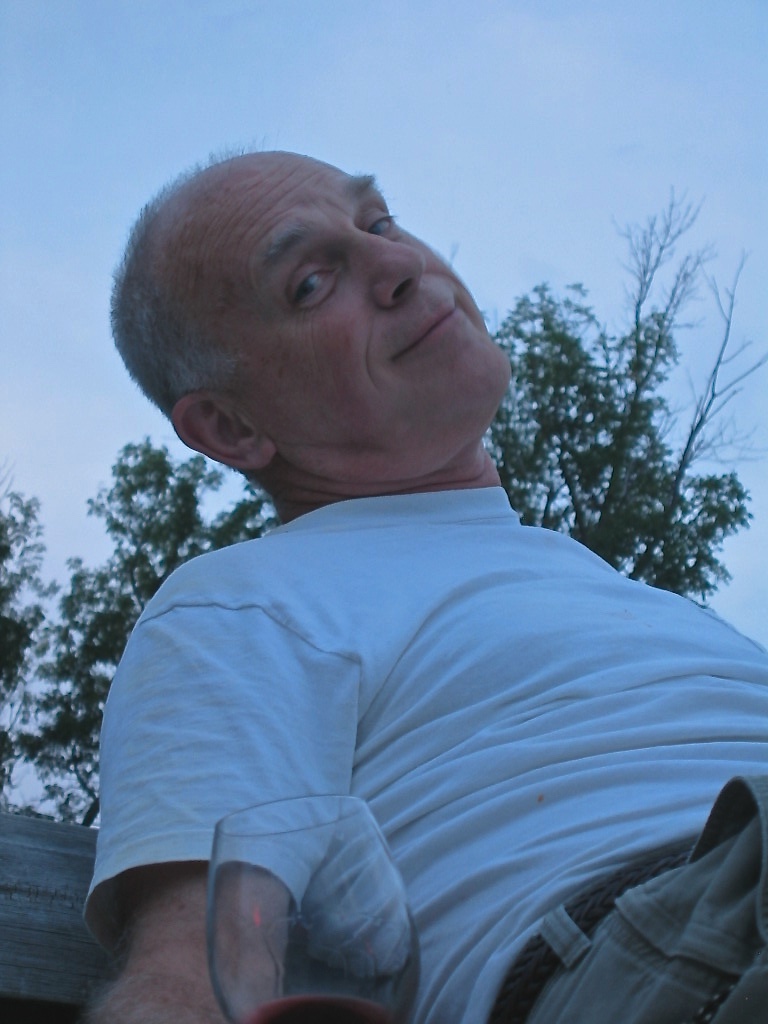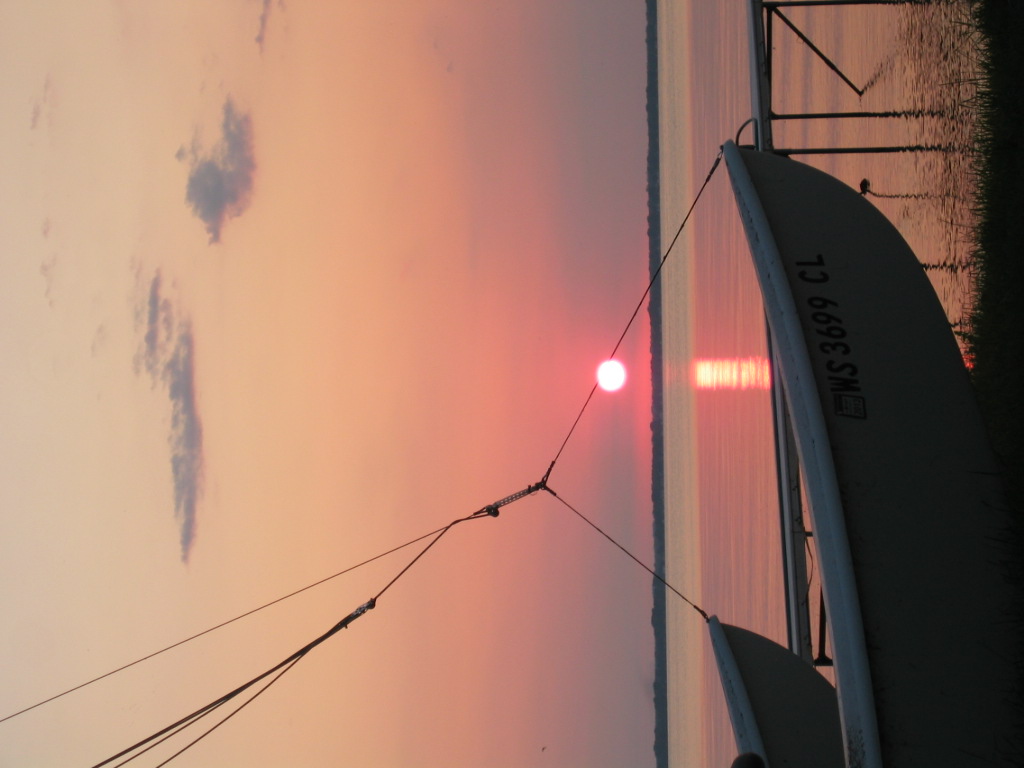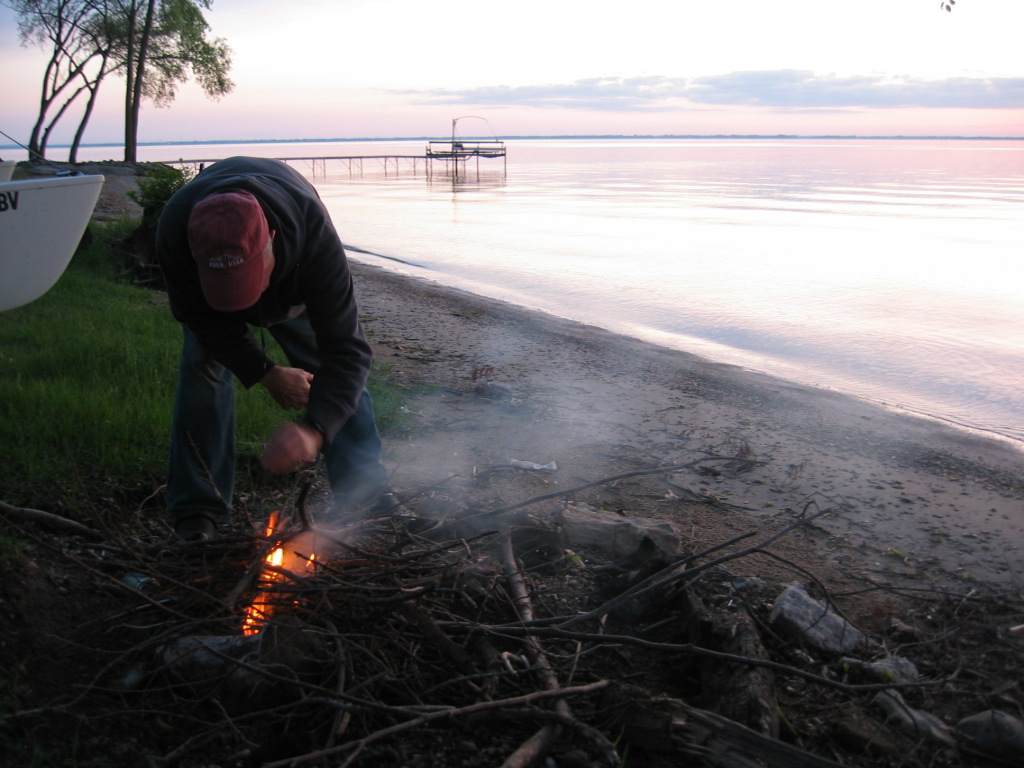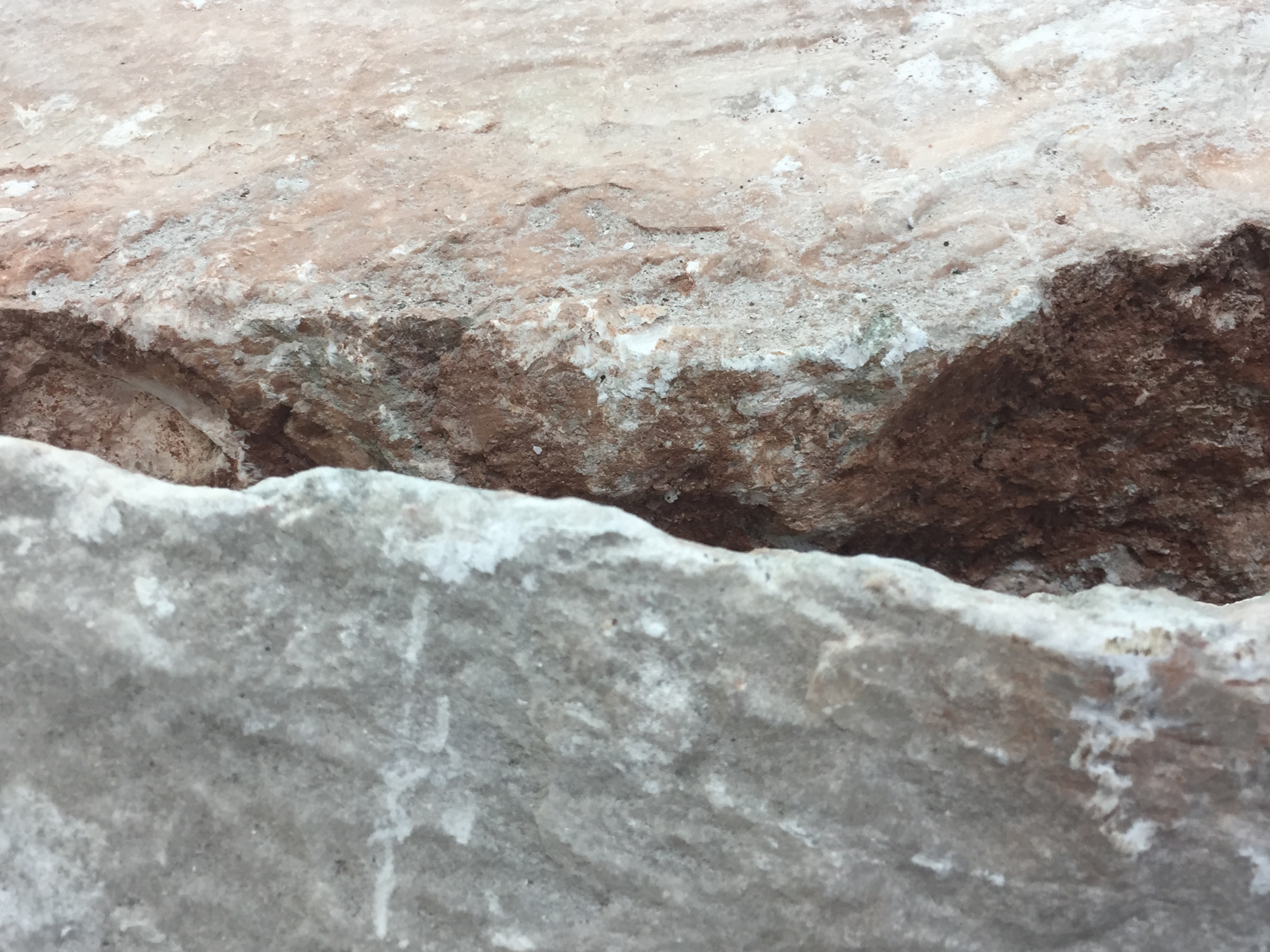“Carved in devotion
their eyes have softened through age
and their mouths curve through delight of the carver’s hand.
If only our own faces
would allow the invisible carver’s hand
to bring the deep grain of love to the surface.”
Artist Statement
It comes as a surprise that I am a sculptor. As a kid I played in the sand box a lot. Roads castles moats. Coloring with crayons was never within the lines. Then one day in the late 70's, playing on the beach with my young children, something happened and I started to form sand into a woman's body. Over the next 8 hours my first sand sculpture came into being. There she was full size woman laying face down on the sand. She was my wife sculpted in sand done mostly with my eyes closed. When my wife lay down next to my sculpture, it was within 1/2" of her body size. I was stunned and amazed. My hands were as if, somehow, electrical charges were passing through them. People were asking "Are you a sculptor?"
Now, 35 years later, I carve in stone and the ocean no longer takes my sculptures away. The transition from sand to stone seemed like an enormous challenge. I had to use my eyes. My hands could only telegraph through a hammer and chisel to stone. Once again I was stunned. My first stone sculpture from never picking up a hammer to finished, was done in 3 days. It was beautiful and moving. Not going to disappear tonight with the tide.
Stone sculpture, only using hand tools, is for me a deep connection to human ancestry. There is a kinship with Michelangelo and Rodin. When I visited their sculptures in Paris, I could see their chisel marks. Seeing them gave me a chill, an awe, a humbleness and a thrill. I've been to Ephesus and experienced the incredible volume of stone sculpture being unearthed there. Someday, maybe I'll go to Egypt and drink in the ancient lineage of stone artistry there.
At the Rodin Museum in Paris, I saw his work, "The Hand of God." I had a very difficult time leaving this piece. My creative energy was so electrified that when I found a sandbox, in the gardens in the back, I had to sculpt a sand lady. Rather presumptuous of me, perhaps, but I don't think Rodin would mind. A sand box in the back right corner, apparently for little kids like me to play in. My way of saying thank you, giving the very best I have. Someday I hope to spend hours drinking in Michelangelo's "David.”
I love the feminine form. The graceful sensual curves of a woman's body. Magnificent and oh so stimulating. My eyes know when the form isn't quite right. My hands, however, know what stone needs to be removed to be right. It could be as little as a 1/16th of an inch and then she is woman. There is an instant when the sculpture comes alive. After that moment it's all finishing work. Just like life.
— WL Nettelhorst
“He was a worker whose only desire was to penetrate with all his forces into the humble and difficult significance of his tools....
Life entered into his work.”
Artist Bio
William Lee Nettelhorst was born and raised in the Chicago area. After studying business at Northwestern University, he owned and operated a manufacturing company in Chicago for over 25 years. He is now retired and lives with his wife Pam near Fond du Lac, Wisconsin.
Nettelhorst has a deep commitment to a consciousness journey, practicing silent meditation for over 20 years, and reading and contemplating the Tao daily. Central to his experience and inspiration is the presence of Nature, and a growth in awareness of the oneness of all life.
He discovered his natural talent for sculpting decades ago, creating his first sculptures in sand before moving to stone. His sense of size and shape comes from the energy in his hands. The soul of Nettelhorst’s work emerges from his life’s journey, his fluid connection to Nature and the Cosmos. “The furthest thing I have seen,” he writes, “is a galaxy 52 million light years away. Then I come down to this one square foot of Earth that I stand on. It’s all connected.”
Vegetable gardening, tending the prairie, and watching sunsets on the lake provide soul and body nourishment, a grounding and a spiritual connection. Nettelhorst’s sculpture embodies all of the elements: earth, water, and fire, as well as the passions — life, sensuality, and love.
